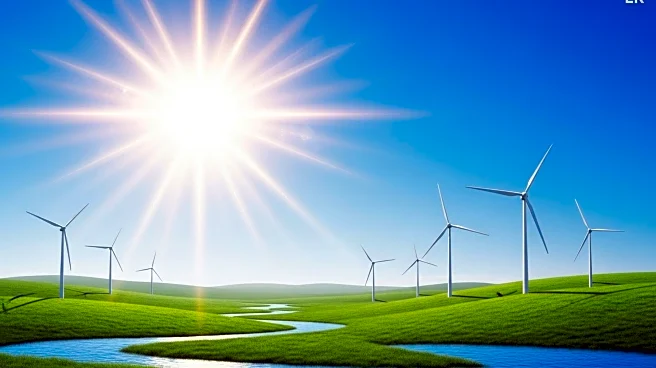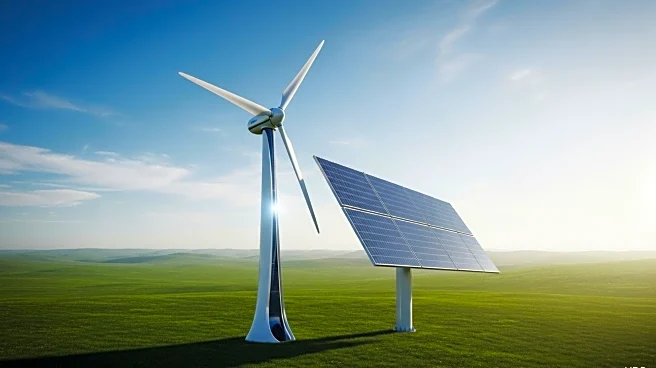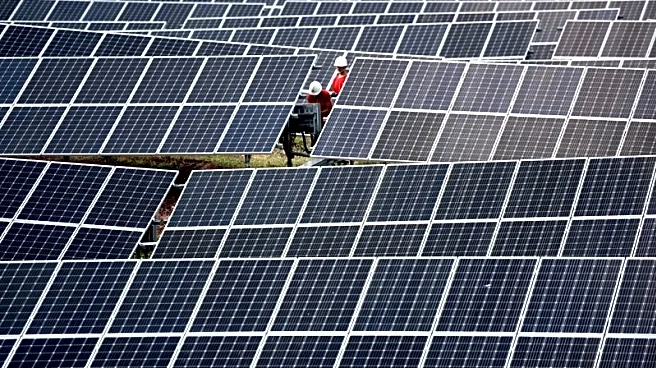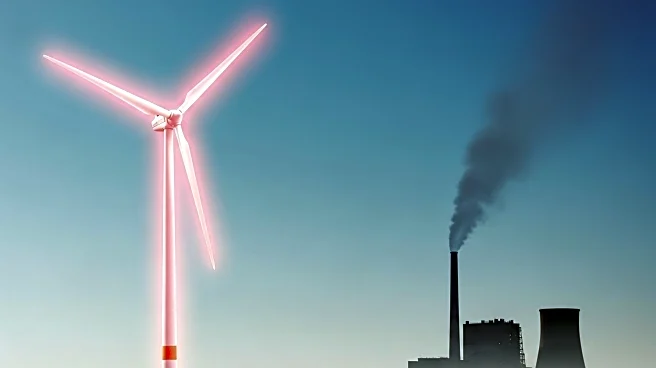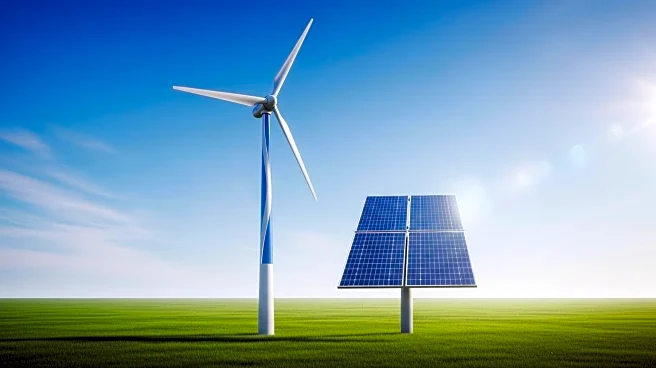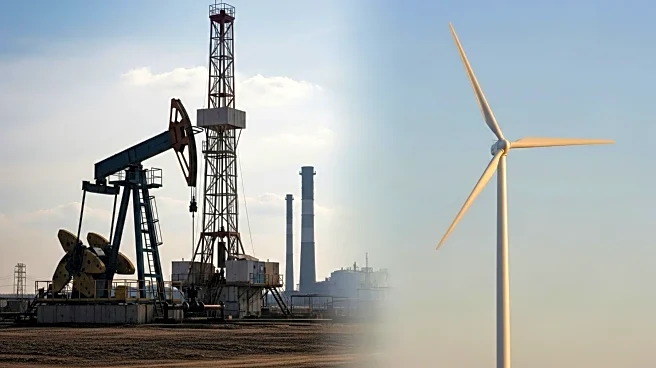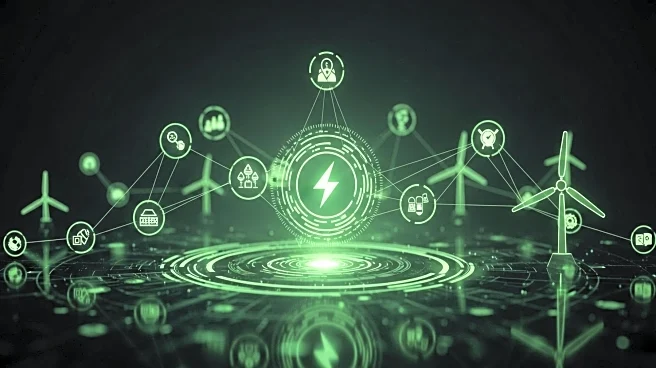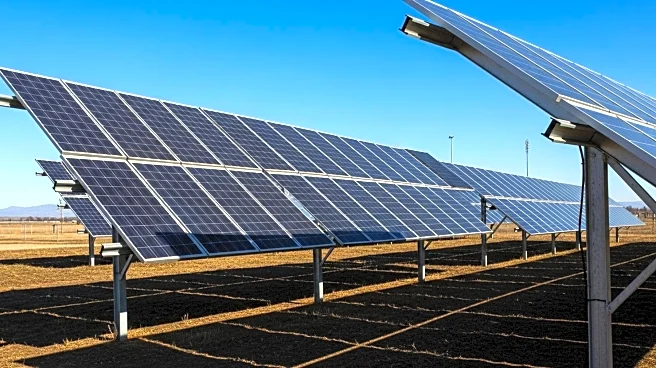What's Happening?
The International Energy Agency (IEA) has significantly revised its forecast for the growth of renewable energy capacity in the United States, reducing it by nearly 50% compared to previous estimates. This adjustment is attributed to several policy changes in the U.S., including the early phase-out of federal tax credits, new import restrictions, and the suspension of new offshore wind leasing. Additionally, the permitting of onshore wind and solar photovoltaic (PV) projects on federal land has been restricted. The IEA report highlights that these policy shifts, along with the One Big Beautiful Bill Act's restrictions on foreign entities, are expected to negatively impact the sourcing of solar, wind, and battery components from overseas. The report also notes that wind energy, both offshore and onshore, will be the most affected, with capacity growth revised down by almost 60%. Solar deployment is also expected to fall short of earlier expectations by 140 GW by 2030.
Why It's Important?
The reduction in the U.S. renewable energy capacity growth forecast has significant implications for the country's energy transition goals and its ability to meet climate targets. The policy changes that have led to this revision could slow down the adoption of clean energy technologies, potentially increasing reliance on fossil fuels. This shift may also impact the U.S. economy by affecting jobs in the renewable energy sector and altering investment patterns. Furthermore, the changes could influence global renewable energy markets, as the U.S. is a major player in this field. The revised forecast may also affect international efforts to combat climate change, as reduced U.S. capacity growth could hinder global progress towards renewable energy targets.
What's Next?
The U.S. renewable energy sector may need to adapt to these policy changes by seeking alternative strategies to maintain growth. This could involve increased investment in domestic manufacturing of renewable energy components to reduce reliance on imports. Additionally, stakeholders in the renewable energy industry may lobby for policy adjustments to support continued growth. The impact of these changes will likely be monitored closely by industry leaders, policymakers, and environmental groups, who may advocate for legislative or regulatory measures to counteract the negative effects of the current policies.
Beyond the Headlines
The policy changes affecting U.S. renewable energy capacity growth raise broader questions about the country's commitment to addressing climate change and transitioning to a sustainable energy future. The shift in policy may reflect broader political and economic priorities that could influence the direction of U.S. energy policy in the coming years. Additionally, the changes could have ethical implications, as they may disproportionately affect communities that are already vulnerable to the impacts of climate change. The long-term effects of these policy shifts on the U.S. energy landscape and global climate efforts remain to be seen.

